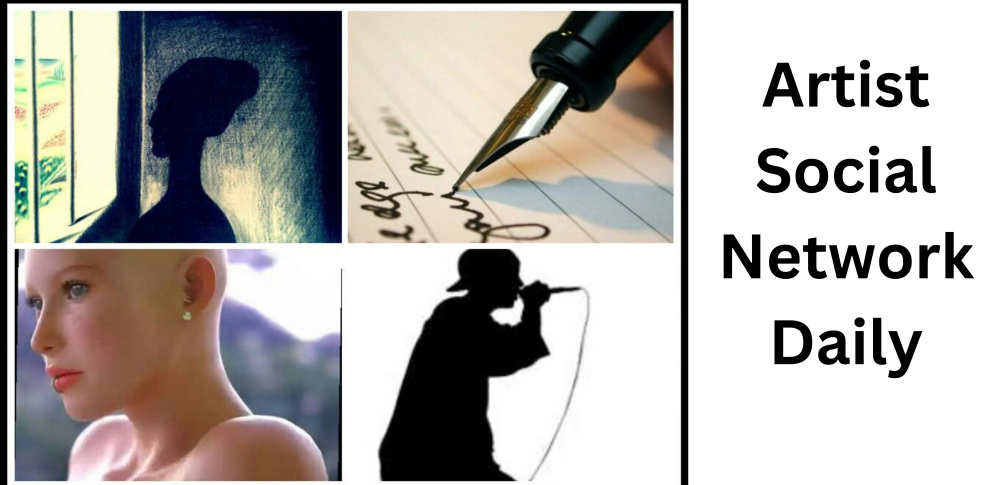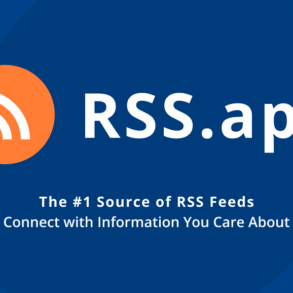
Now, more than ever, social media has integrated itself into the landscape of new digital communications. As its reach broadens, so do the worries about privacy and security. More horrible scenarios, such as personal data exposure and online scamming, abound; one must stay abreast of the risks and do whatever’s necessary to keep them at bay. When your social media accounts are secure, they guard your personal information and prevent threats or identity theft.
Common Signs Your Social Media Account May Be Hacked
The first thing you should do is always remember to check all your social media accounts for any unusual activities. Since there are several methods by which hackers can access your account and its information, you should always be on the lookout. The earlier you detect a breach, the more likely you will reduce the damage. Knowing all the common signs regarding a potential breach can prevent anyone from hacking your Snapchat or any other profile. A Snapchat hacked account, for example, can be detected through various means. Some prominent examples include unauthorized activity like sudden posts, messages, or friend requests.
That being said, there might be other less-known indications of your accounts being hacked. These include subtle profile settings changes, such as email and password alterations. Moreover, you might start receiving strange notifications or messages from the platform without notice. Many of us often swipe away the alerts we get on our phones. Hence, being vigilant is of the essence.
How to Strengthen Your Social Media Security
Securing one’s social media accounts is akin to keeping one’s personal information and privacy safe. By simply taking such steps as using strong passwords and turning on added security features, you drastically lower the chances of getting the account(s) hacked into. Here’s how you can protect your social media profiles.
Use Strong, Unique Passwords for Each Platform
The first basic but most effective thing is to set strong, unique passwords for your social media accounts and variations across different platforms. Strong passwords should ideally be more than 12 characters with a good mix of uppercase & lowercase letters, numbers, and special symbols.
Overcome this by using a password manager, which can store and generate complex passwords for each account, thereby keeping ways safe without needing to remember each one. This would be one of the best healthy social media habits.
Activate Two-Factor Authentication for Added Safety
Staying safe on social media involves using 2FA (two-factor authentication). This allows you to generate a one-time code to be sent to your phone via SMS or an authentication app in addition to the password. Thus, even if someone gets hold of your password, it will still not be enough to allow them to log in without that second factor. Most social networking sites provide this 2FA feature; therefore, enabling it is one of the easiest and most effective ways of ensuring social network safety.
Recognizing and Avoiding Phishing Scams
Image source: Freepik
Phishing scams are the most dangerous type of trick on social media platforms. It is a scenario in which a cybercriminal presents himself as a trusted source to gain sensitive information. Here are some tips for social media safety that can help you spot these scams and protect yourself from falling for them.
How to Spot Phishing Scams on Social Media
So, why is it essential to build healthy social media habits? This lets you detect when something is off or if the link in front of you might contain malicious content.
Messages or posts in social media may seem to appear from very reliable sources, like a friend, a well-known brand, or even the platform itself. These messages may ask you to click on a fake login link or submit personal information such as passwords or payment details.
Signs of a phishing scam include unusual sender addresses, poor grammar, urgent action, and offers that sound too good to be true. Please take note of these red flags, as they may be able to help you distinguish between legitimate communications and fraud.
How to Steer Clear of Suspicious Links and Messages
Stay safe on social media by always thinking before opening links or messages that may or may not be suspicious. Also, never click on a hyperlink from unsolicited messages or notifications without double-checking the sender details. You hover over the link to see where it leads. Avoid clicking on odd or unfamiliar links; do not send personal information unless you know it is authentic. When in doubt, verify by going through the proper channels, such as visiting the webpage directly or contacting the organization using its verified communication line.
Social Media Privacy Settings You Should Adjust
Learning how to use social media healthily does not have to be difficult. To avoid trouble, you should work on adjusting some privacy settings. Each site provides different privacy options; they should be set based on how comfortable you are with them.
Simple Tips for Setting Up Privacy on Various Platforms
All social platforms have variant privacy settings, though essentially comprising controls over the viewership and following and messaging permissions. For example, you can decide who sees your posts on Facebook— the default setting is usually the widest public. You can also adjust the time you spend if you want to work on your social habits.
Explore the privacy settings on each platform you use and adjust them to match your privacy preferences, such as limiting your posts to close friends or followers you trust.
Why Limiting Who Sees Your Posts and Info Matters
If you want to learn how to use social media positively, limit the overall visibility of your posts and personal data. When everyone, including strangers, can see your posts, you might expose critical details regarding your location, daily activities, or contact information, which can be used in a scam or by malicious people.
Conclusion
Knowing how to stay safe on social media lies in the details. Simply being able to tell when an account has been compromised, strong passwords, and using two-factor authentication will go a long way in protecting your information.
Everything mentioned in this article will allow you to take full advantage of all the good things social media offers while keeping your accounts and data secure. Stay vigilant, stay informed, and prioritize safety in your online life.
This post was originally published on this site be sure to check out more of their content







